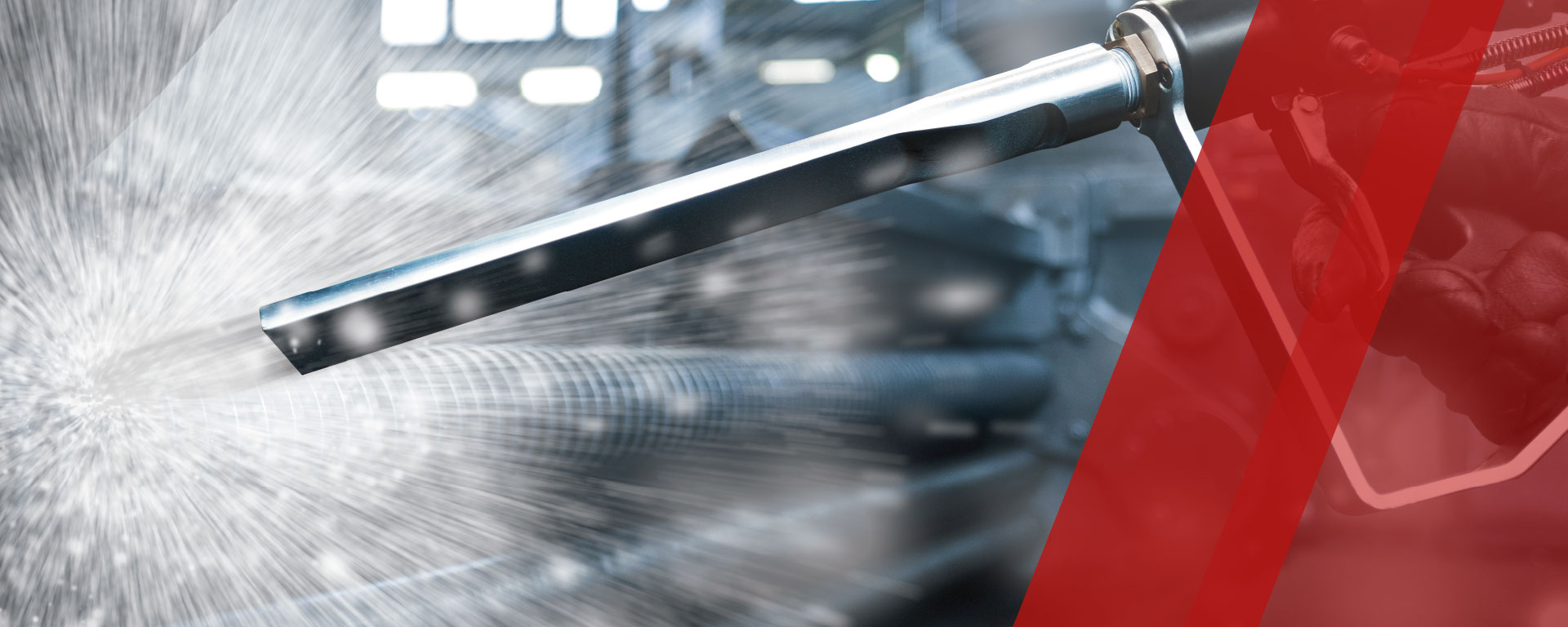Search
BUCHEN locations
Discover all BUCHEN branches here. You will find all the information about our company's branches, their offerings and contact options.
Ice blasting with solid carbon dioxide
BUCHEN Industrial Services uses ice blasting when cleaning with high-pressure water or abrasives is not possible. We can clean objects normally cleaned with toxic chemicals or environmentally unfriendly substances with ice blasting. Examples include conveyor belts, moulds made of cast iron, plastic moulds or metal dies and machine parts.
Thanks to this technique, objects that were previously cleaned by hand or those not resistant to water can now be cleaned using ice blasting
Environmentally friendly and cost-saving
When using ice blasting to clean, we do not use water but frozen carbon dioxide gas instead. Very small chunks of ice at a temperature of -80° Celsius are blasted onto the material to be cleaned using compressed air. These ice flakes (frozen carbon dioxide) evaporate immediately after use, keeping both the surface and the waste dry. As a result, there is no additional waste stream. This is not only environmentally friendly but also cost saving.
Fast and efficient
When using ice blasting for cleaning, we use a dry ice blasting unit. This unit is mobile. It enables BUCHEN Industrial Services to clean at any location. This has the advantage that machines do not have to be disassembled and transported. Subsequently, this avoids any production downtime.
Numerous applications
Dry ice blasting can be used to remove the following, among others:
Oil
Fat
Wax
Resin
Glue
Ink
Plastic
Rubber
Dye
Bitumen
Chewing gum
Paint
Lacquer
BUCHEN Industrial Services meticulously measures the cleaning progress during operations. To this end, we deploy mobile testing and analysis equipment. This allows us to provide you with a detailed report upon completion of the work.

How does ice blasting work?
Small dry ice pellets are accelerated through a steel nozzle. Compressed air is used for this and varies between 2.5 and 16 bar. When the pellets hit the area that has to be cleaned, their kinetic energy causes them to pass through to the underlying surface. There, they crush dirt particles and push them laterally in various directions, creating a mushroom effect. In this way, the dirt is removed from the substrate. As the dry ice pellets immediately change from solid to gas, in other words, sublimate, no water is released. Furthermore, the expansion of dry ice from solid to gas exerts a lifting force that removes dirt very quickly.



